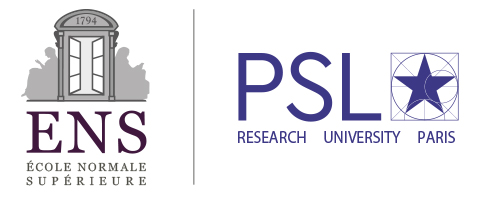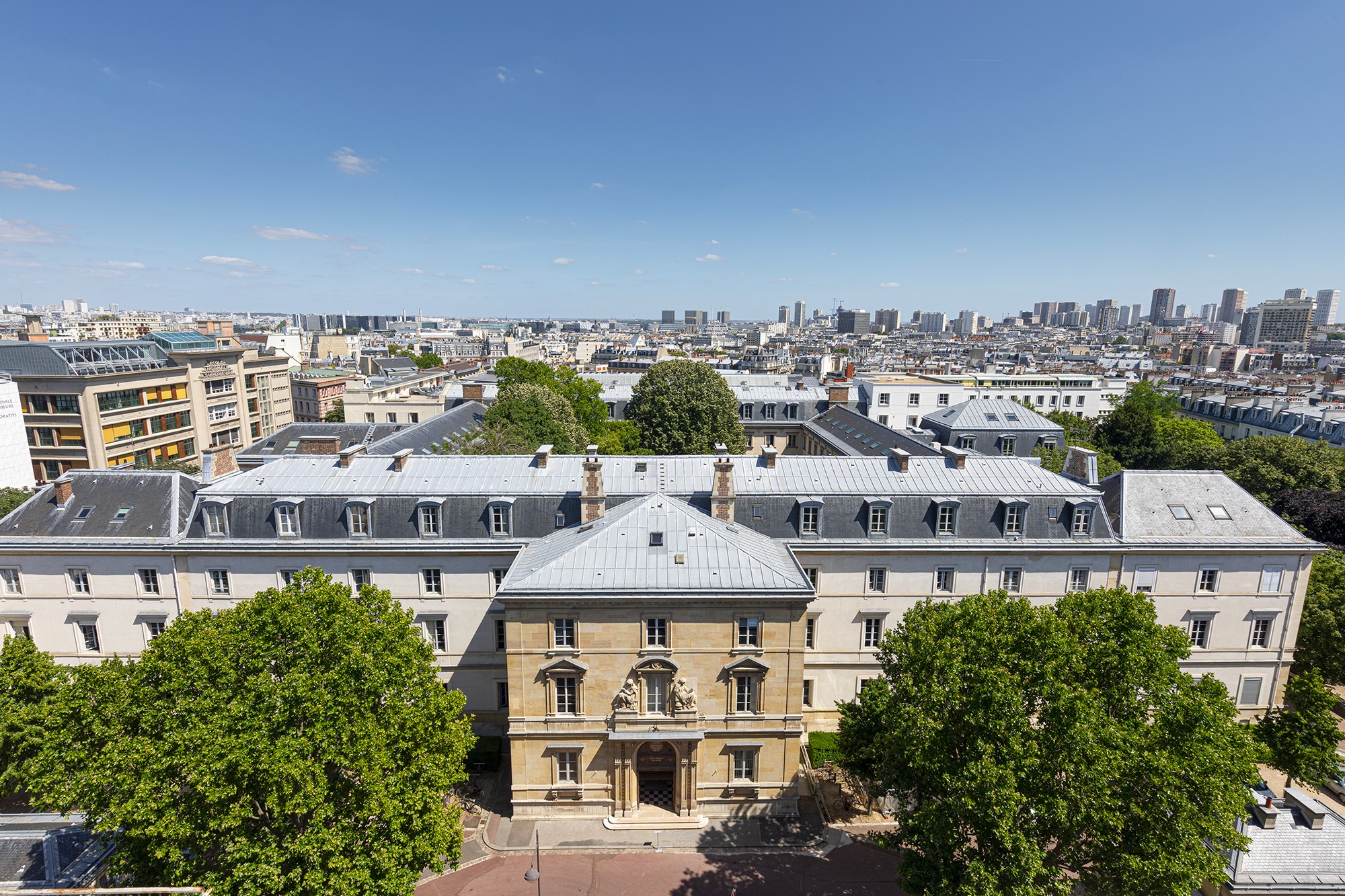
 Chancellerie des universités de Paris
Chancellerie des universités de Paris

 Colleges and Universities in Europe
Colleges and Universities in Europe

 Ile-de-France
Ile-de-France
 Nobel prize
Nobel Prize in Chemistry
Nobel prize
Nobel Prize in Chemistry
 Nobel prize
Nobel Prize in Literature
Nobel prize
Nobel Prize in Literature
 Nobel prize
Nobel Prize in Physics
Nobel prize
Nobel Prize in Physics
 Nobel prize
Nobel Memorial Prize in Economic Sciences
Nobel prize
Nobel Memorial Prize in Economic Sciences
 Nobel prize
University/Institute
Nobel prize
University/Institute
 Universities in France
Universities in France

The École normale supérieure of Paris (French pronunciation: [ekɔl nɔʁmal sypeʁjœʁ]; also known as ENS, Normale sup', Ulm or ENS Paris) is a grande école in Paris, France. It is one of the constituent members of PSL University.[6]
Originally conceived during the French Revolution,[7] the school was founded in 1794 to provide homogeneous training of high-school teachers in France but it later closed. The school was subsequently reestablished by Napoleon I as pensionnat normal from 1808 to 1822, before being recreated in 1826 and taking the name of École normale in 1830. When institutes for primary teachers training called écoles normales were created in 1845, the word supérieure (meaning upper) was added to form the current name. It has since developed into an institution which has become a platform for French students to pursue careers in government and academia.
The ENS has a highly competitive selection process consisting of written and oral examinations.[8] During their studies, many ENS students hold the status of paid civil servants.[9][10]
The ENS is a grande école and, as such, is not part of the mainstream university system. However, the vast majority of the academic staff hosted at ENS belong to external institutions such as one of the Parisian universities, the CNRS and the EHESS. This mechanism for constant scientific turnover allows ENS to benefit from a continuous stream of researchers in all fields. ENS full professorships are rare and competitive. Generalistic in its recruitment and organisation, the ENS is the only grande école in France to have departments of research in all the natural, social, and human sciences.
Due to the selectivity of its entrance exam and its turnover among French researchers, it has a high proportion of prize laureates and therefore a very good reputation. The school has achieved particular recognition in the fields of mathematics and physics. Its alumni include 14 Nobel Prize laureates, of which 8 are in Physics (ENS has the highest proportion of Nobel laureates among its alumni of any institution worldwide[11]), 12 Fields Medalists (the third most of any university in the world), more than half the recipients of the CNRS's Gold Medal (France's highest scientific prize) and several hundred members of the Institut de France, and scores of politicians and statesmen.[12][13] The school has achieved particular recognition in the fields of mathematics and physics as one of France's foremost scientific training grounds, along with notability in the human sciences as the spiritual birthplace of authors such as Julien Gracq, Jean Giraudoux, Assia Djebar, and Charles Péguy, philosophers such as Henri Bergson, Jean-Paul Sartre, Louis Althusser, Simone Weil, Maurice Merleau-Ponty and Alain Badiou, social scientists such as Émile Durkheim, Raymond Aron, and Pierre Bourdieu, and "French theorists" such as Michel Foucault and Jacques Derrida.[14][15][16] The school's students are often referred to as normaliens. [9][17]
Its model has been replicated elsewhere, in France (at the ENSes of Lyon, Paris-Saclay, and Rennes), in Italy (at the Scuola Normale Superiore in Pisa[18]), in Romania, in China and in former French colonies such as Morocco, Mali, Mauritania, and Cameroon.






